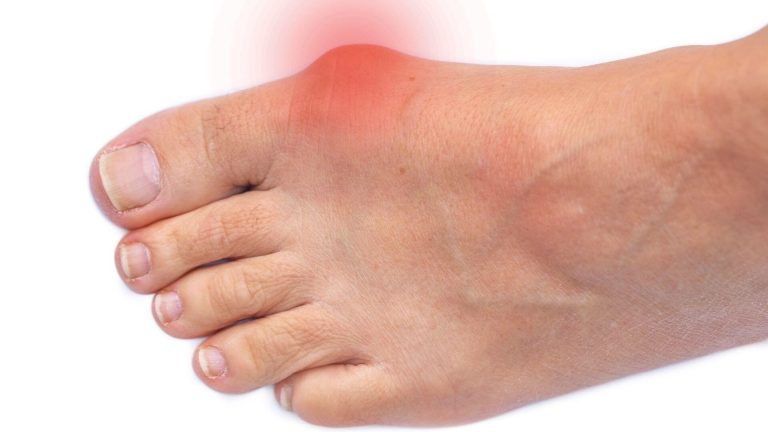Hammer, Claw, Mallet Toe
Hammer toe, Claw Toe and Mallet Toe Introduction
Hammer toe, mallet toe and claw toe describe an issue that develops where the toes are bent. This can create discomfort and friction against footwear, which can lead to additional issues, such as corns, they often coexist with bunions and can often be caused by them.
The difference between these are:
Hammer toe – The toe bends down towards the floor from the middle joint, this then causes the middle toe joint to rise up. This most commonly affects the second toe, but can affect the other lesser toes also. It is less common in the fifth toe.
Claw toe – The toe bends up where the toes and the foot meet and bend down at the middle joint. This often affects all four of the lesser toes.
Mallet toe – The toe bends down at the joint closest to the end of the toe. It most commonly affects the second and third toes but can affect other lesser toes.
Hammertoe, Claw Toe and Mallet Toe Symptoms
The toe issues can create pressure on the foot when wearing shoes and cause discomfort when walking. The joints themselves can be arthritic and painful.
Hammertoe, Claw Toe and Mallet Toe Causes
Toe issues occur due to an imbalance in the muscles, tendons or ligaments that normally hold the toe straight. These may be the result of another problem, such as Bunions.
The type of shoe that you wear, your foot type or injury can exacerbate and contribute to the development of these issues.
Hammertoe, Claw Toe and Mallet Toe Treatment
Unless the problem has progressed to a stage that requires toe surgery, simple conservative measures are recommended in the first instance. These might include:
Anti-inflammatory Medicines: To relieve pain and decrease inflammation
Injections: A cortisone injection can further help relieve pain and inflammation in more severe cases
Physical Therapy: Physiotherapy can be useful to stretch tight muscles and tendons that are causing the hammertoe
Bespoke Orthotics: A biomechanical specialist can design and manufacture a custom insole to resolve discomfort and prevent progression of the deformity
Toe Splints or Pads: Splints and pads can be helpful to realign the affected toe and prevent discomfort when walking in footwear
Toe Surgery
If more conservative measures are not successful in eradicating symptoms then surgery may become the recommended treatment.
Preparing for Hammer Toe surgery
Mr Hester will advise on a specific toe procedure for your case. You will receive detailed information on the operation prior to the surgery.
Frequently Asked Questions
What to expect after Hammer Toe surgery
You will normally return home on the same day, following the procedure. You will be given instructions on looking after the surgery site and what to expect while recovering. You will normally be seen around two weeks post surgery to make sure everything is as expected.
Recovery time after Hammer Toe surgery
A good rule of thumb is that you will return to normal activity over a period of approximately 8 weeks, though it may take longer for the swelling to fully subside. Your surgeon will provide more detailed information on what to expect from you recovery.
What causes a hammertoe deformity?
Hammertoe deformities can occur when the body tissues that hold a toe in place become unbalanced. The type of shoes you wear, injury, predisposition and certain diseases can contribute or cause hammertoes.
What’s the difference between claw toes and hammertoes?
Both the hammer and claw toes can cause pain and irritation. Claw toes are more likely to affect several toes and all of the joints of the toes are affected causing the toe to contract like a claw. A podiatrist can help you diagnose the precise deformity that you are experiencing.
What’s the difference between mallet toes and hammertoes?
Mallet toes and Hammertoes can often cause similar symptoms, including irritation, discomfort and pain. But they are distinct deformities, a hammertoe affects the middle toe joint whereas a mallet toe affects the upper toe joint nearest to the toenail
How long does it take to recover from hammertoe surgery?
A typical recovery following hammertoe surgery will take place over approximately 8 weeks, with noticeable improvement and return to activity during that time. Initial healing of skin and soft tissue is during the first 10-14 days.
Can you walk after hammertoe surgery?
You can partially mobilize using a postoperative shoe and possibly need crutches but it is important for your recovery to get plenty of rest and keep your foot elevated.
Can you straighten a hammertoe without surgery?
The short answer is unfortunately No. It is possible to slow the progression of the deformity and alleviate symptoms with conservative measures, but surgery is the only way to return the toe to its natural alignment.
Is hammer toe surgery painful?
Hammertoe surgery is carried out under anesthetic, and depending on your particular case this might be local or general anesthetic or sedation. You would not feel pain during the surgery and pain relief can be used during the recovery period.
Do hammer toes get worse with age?
It is certainly possible for a Hammertoe to get worse over time, particularly if you suffer some kind of trauma or wear shoes that aggravate the condition.
How do you treat a mild hammer toe?
There are several treatments available to you, and if the hammer toe is mild it is unlikely that surgery would be recommended. Conservative treatments might include padding, avoiding the use of high heels, pain-relief or steroid injections, among others.
Can you reverse the hammer toe?
Surgery can return a hammered toe to it’s naturally alignment.

We need your consent to load the translations
We use a third-party service to translate the website content that may collect data about your activity. Please review the details in the privacy policy and accept the service to view the translations.
